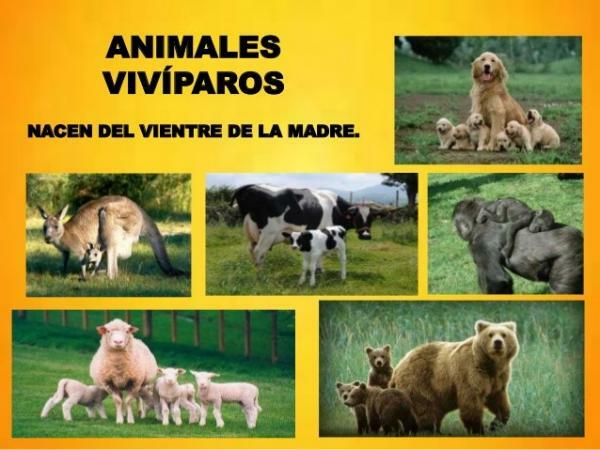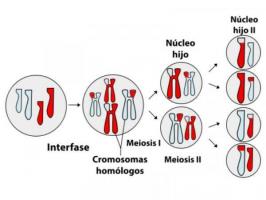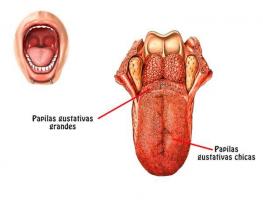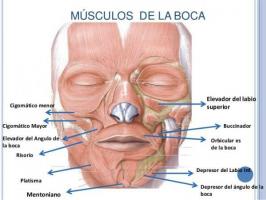Viviparous animals: examples and characteristics

Image: El rincón de Chiqui - WordPress.com
Viviparity is the way of reproduction of the vast majority of mammals, including even humans in this group. Viviparous animals can vary, and there may be a great variety of viviparous forms of reproduction depending on the kind of animal. To understand this form of reproduction, and the different forms that exist of it, today in this lesson from a PROFESSOR we are going to offer you examples and characteristics of viviparous animals.
Viviparous can be defined as those animals whose reproduction is based on the fact that the development of the embryo occurs within the womb from the mother, after fertilization between the male and the female.
Viviparous are believed to be descendants of the synapsids, a species of ancient mammal-like reptiles. This class of animals were very relevant in their time, since their ability to have the offspring inside the womb allowed them to have an advantage over the rest of the beings of the time.
The vast majority of mammals are viviparous
, the only exception being the monotremes, a small group of oviparous mammals. Because of this, it is often thought that only mammals are viviparous, but the reality is that there are other groups of viviparous animals.Regarding the differences with the other great form of reproduction, the oviparous, the biggest difference is that the viviparous brood receives food in one way or another from the mother, while the oviparous animal needs the nutrients from the egg from which it hatches.

Image: vertebrate and invertebrate animals
To continue with this lesson on examples and characteristics of viviparous animals, we must talk on the attributes that viviparous animals possess and that make them different from other forms of reproduction.
Some of these features are as follows:
- The nutrition of the embryo and fetus is carried out in the placenta. The animal does not stop feeding on the placenta until it is strong enough to be born.
- The fetus feeds on the placenta thanks to the existence of the umbilical cord.
- Viviparous females undergo a number of internal and external changes during pregnancy.
- The gestation period of viviparous species varies according to the species, that of humans is 40 weeks.
- Most viviparous are quadrupeds, that is to say, they move by means of 4 legs.
- Viviparous possess internal fertilization, that is, the male fertilizes the female by depositing the gametes inside her.
- Viviparous care for the young until it is able to take care of itself, a kind of maternal instinct.
- Viviparous give birth to mature calves, unlike the oviparous ones that are born much younger.

Image: Information | A Universe of Information
Most examples of viviparous are mammals, because except monotremes all classes of mammals are viviparous. Even so, there are two types of viviparous mammals, and some classes of fish, reptiles and amphibians that can be considered partly viviparous. Examples of viviparous are as follows.
Placental
Those considered as viviparous more developed. The body of these animals is developed so that the offspring can gestate inside the mother, together with the placenta that feeds it. They are characterized by having large size, a more developed brain and a huge life expectancy. Being in general the great majority of mammals of this class of animals. Some examples of placental animals are as follows:
- The human being.
- Terrestrial mammals such as dogs or elephants.
- Aquatic mammals such as the whale or dolphins.
Marsupials
The other group of mammals that are viviparous. They are characterized by give birth to their young before they are fully developed. The young are protected by an external bag, where they are nourished, and in which they remain until they reach maturity. Marsupials do not have a placenta, the external bag, called the marsupium, fulfilling its function. Some examples of marsupials are as follows:
- Kangaroos
- Koalas
- Zariguellas
- Tasmanian Devil
Ovoviviparous
Finally, there are a number of animals oviparous with viviparous characteristics. They are characterized because the mother places the eggs inside, where they develop until they are fully formed. Children can be born both inside the mother and outside, but their development is always within the mother. Some examples of this class are as follows:
- Fish like the guppy or the sailboat molly.
- Reptiles like some kinds of snakes.
- Amphibians like Darwin's frog.



